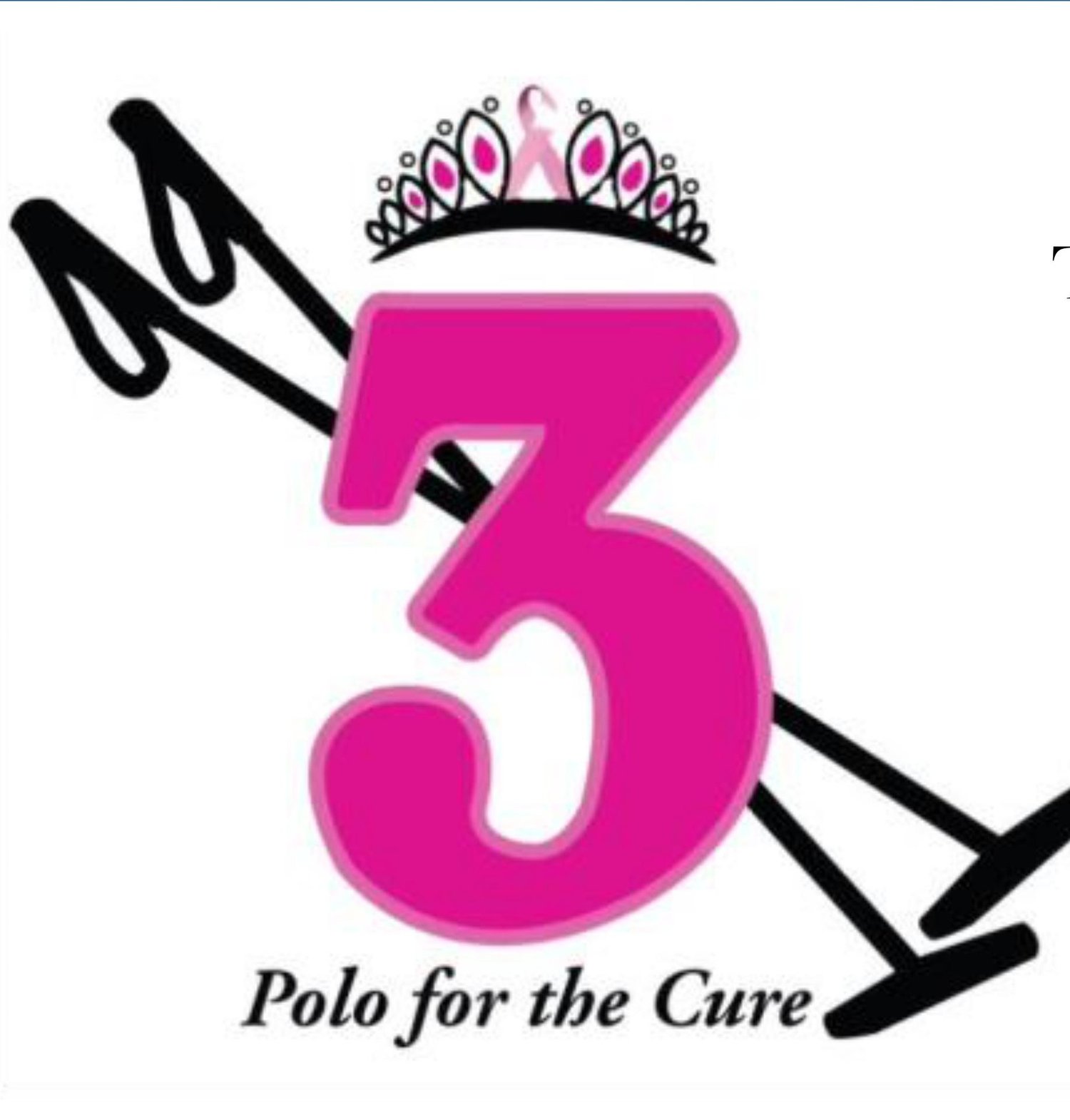Polo 101
The rules of polo can be complicated for those new to the sport. Here are some of the basics, as well as some fun facts, that will help you enjoy the games!
Did you know? Polo is the second fastest team sport (after hockey) with the ball travelling at speeds up to 110 mph.
THE GAME
In the arena there are two teams of 3 players each (On grass polo it would be 4 aside) There is also an umpire out there to call fouls and keep the play safe. Each player on the team has a different role, attacking offensive (#1), offensive and defensive (#2) and the ‘quarterback’ (#3). The game is four chukkers (or periods) long, and each chukker is seven and a half minutes, with time stopped for fouls. The players will change to fresh horses after each chukker. The objective of the game is for each team to score as many goals as possible by driving the ball into the opposing teams goal zone. The goal zones are located at each end of the arena, and the teams change scoring ends for each new chukker.
Did you know? A polo team can be a mix of men, women, professionals, and amateurs. It’s not uncommon at the Toronto Polo Club to see families playing together as teams!
Did you know? There are thirteen polo clubs across Canada. The Toronto Polo Club plays all year long using outdoor and indoor arenas from October until May. They have even had some polo matches on the snow!
HANDICAPS
Each player is assigned a handicap rating between -1 to 10 goals, with only a handful of ten-goalers in the World (The Wayne Gretzky’s of the polo world!). The handicap rating system determines a player’s horsemanship, playing ability and game sense. In a game the culminate handicap of one team must be equal (or be close to) the culminate handicap of the opposing team.
Did you know? Canada’s current highest rated player is Fred Mannix Jr., from the Calgary Polo Club. Mannix is an accomplished 7-goal player in North America and 9-goal player internationally and is the highest ranked Canadian on the World Polo Tour.
RULES
Plays are based on the LINE OF THE BALL. This is an imaginary line created by the ball as it travels down the field. It represents a right of way for the last player striking the ball and is the basis for most fouls in the game. Like driving a car, players must stay in their own lanes to avoid collisions.
A player is allowed to “hook” another player carrying the ball. This means bringing down their mallet to stop the swing of the opposing player.
A player is allowed to “bump” another player carrying the ball. This means riding next to the opposing player and using the horses shoulder to push the opponents horse off the ball.
After a goal is scored, players line up at the centre of the arena for a throw-in by the Umpire.
PONIES
Often bred for polo, a good polo pony loves its job and knows the game (sometimes as well as the rider). Any type of horses can be used, but smaller animals that can carry the weight of a man are ideal as they are easier to hit the ball from. A polo pony must be courageous, intelligent, sensitive (without being nervous or high strung), obedient, and trained for polo. Many players at the Toronto Polo Club are importing Argentine bred polo ponies, as they exhibit these qualities. You will also see off-the-track thoroughbreds, quarter horse mixes, and the odd Heinz 57. To play at a lower level of polo, a player can get away with having just two ponies for a game. They will “double chukker” each horse. However, as the play gets faster it is recommended to have a fresh horse for each of the four chukkers.
Did you know? Polo ponies are exercised in groups or “sets”. A groom will ride one horse and lead up to 4 ponies working all five horses at once.
EQUIPMENT
Polo players must wear safety approved helmets with a face mask or goggles, boots with a heel, knee pads to protect when “bumping”, and white pants (a polo tradition that can be traced back to India where polo began). The polo mallet is made of bamboo cane, and is the shaft is flexible.
The ponies also wear protective clothing, including leg wraps and hoof protectors (bell boots). Their manes are roached (shaved off) and tails bound up to avoid interference with the mallet or ball.
Did you know? Polo mallets can only be held in your right hand, the reins in your left hand. Left-handed players must learn to adapt, and some of the top-rated players in the World are left handed.
GAME ETIQUETTE
Polo players love a crowd, so don’t be shy to cheer loudly for your team! If you come to watch a match at the Toronto Polo Club this summer bring your chairs and picnic and prepare to have some fun. We do ask guests to please stay well behind the safety lines (horses are allowed to cross back and forward over the boards during the game, so you need to be at least 18’ back from the boards to stay safe). Also, dogs must be on a leash at all times.

